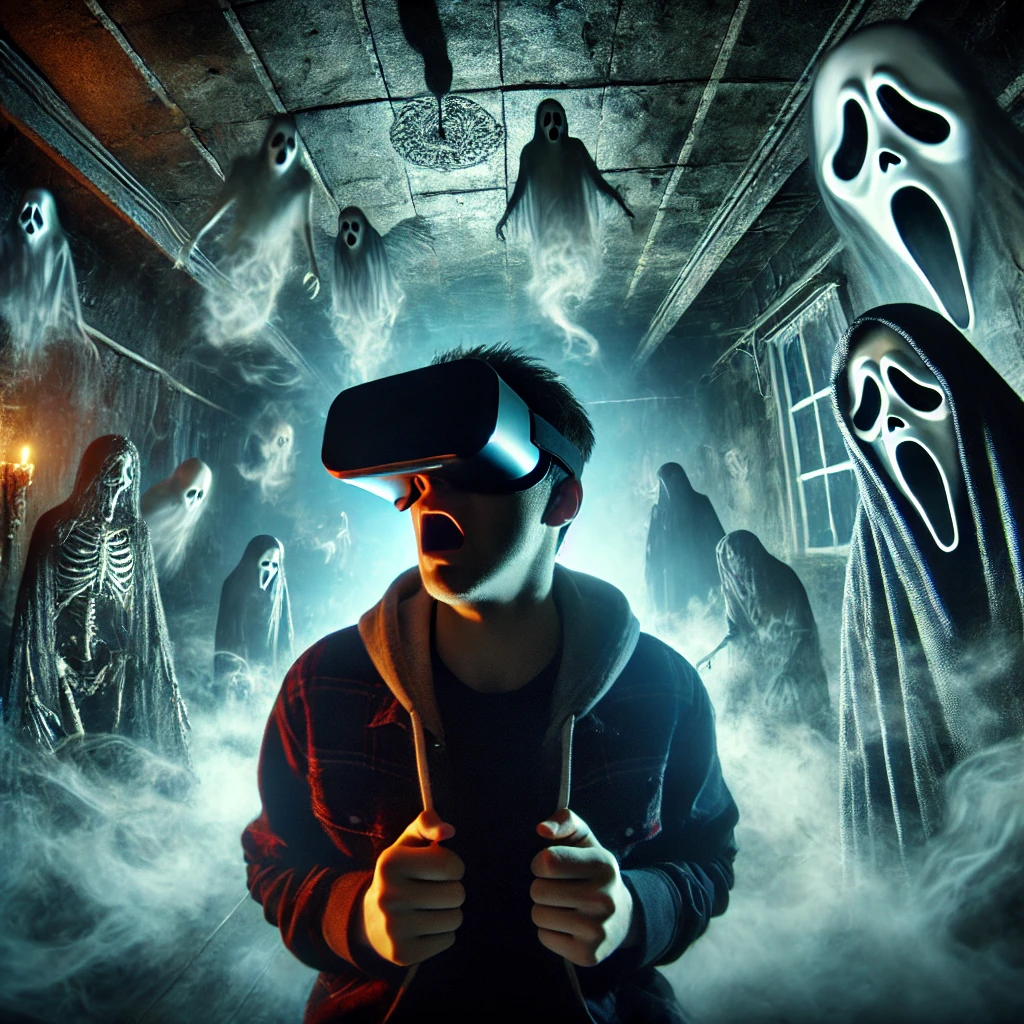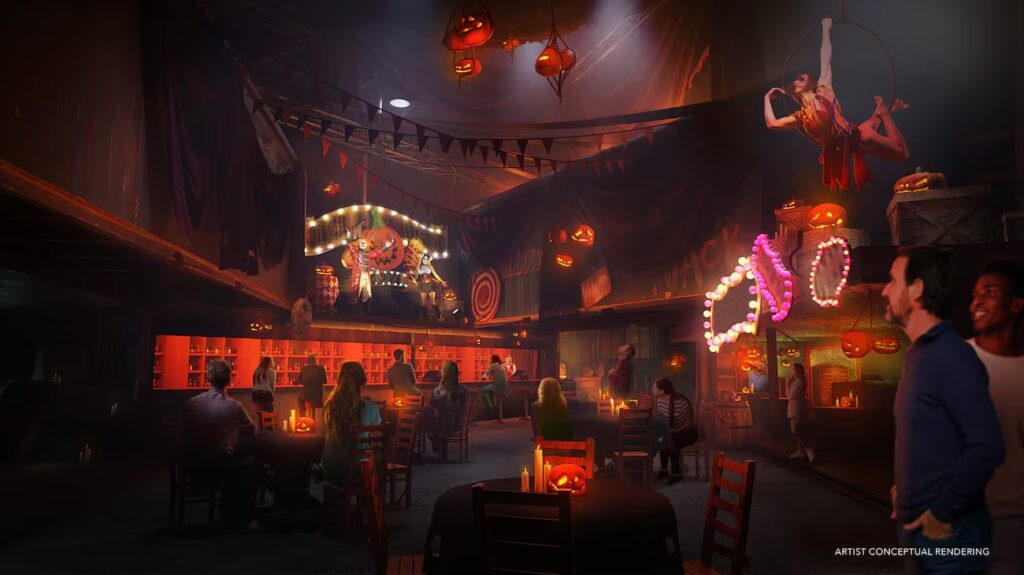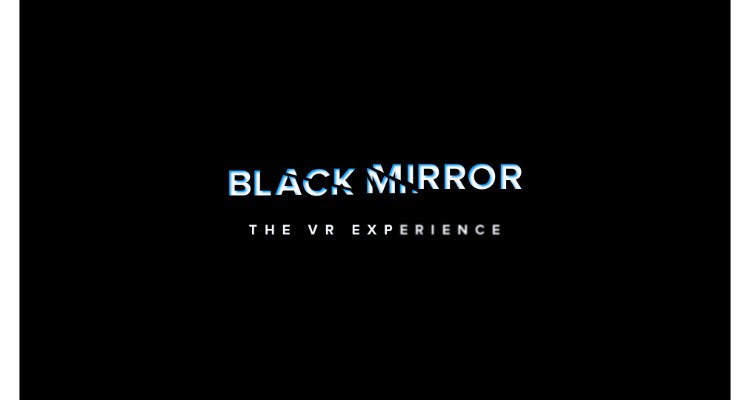
In the United States, haunted attractions generate between $300 million and $500 million annually in ticket sales, with major theme parks contributing an additional $150 to $200 million. Top haunted houses attract over 40,000 visitors each season, with general admission tickets ranging from $30 to $50. However, these attractions require significant investments in props, set designs, and labor, all tailored to a single location. Lovecraft understood that horror’s effectiveness is not merely in physical spectacle but in psychological dread, a factor that modern haunted houses attempt to replicate through intricate set design and storytelling.
The film industry mirrors this trend, with horror movies often delivering impressive returns on investment. Despite relatively modest budgets, horror films have achieved remarkable box office success. For instance, the 2017 adaptation of Stephen King’s “It” grossed over $700 million worldwide, making it one of the highest-grossing horror films of all time. Similarly, “The Sixth Sense” (1999) garnered approximately $673 million globally. These figures highlight the genre’s profitability, especially considering that horror films often have lower production costs compared to other genres. Lovecraft’s essay highlights how the best horror stories evoke fear not through grotesque imagery but through suggestion, an aspect that successful horror films masterfully employ.
Moreover, horror films have demonstrated a high probability of profitability. Studies indicate that horror has the highest chance of returning its initial investment and offers the best opportunity for a breakout success. This is attributed to the genre’s ability to thrive with minimal resources, often not requiring big-name stars or extensive special effects. As Lovecraft detailed in Supernatural Horror in Literature, the best horror is not reliant on spectacle but on an unsettling atmosphere and a creeping sense of the unknown.

Recognizing the lucrative potential of horror, Universal Studios is expanding its immersive horror experiences. In 2025, Universal is set to open “Universal Horror Unleashed,” a permanent, year-round horror attraction at AREA15 in Las Vegas. This 110,000-square-foot venue will feature multiple haunted houses inspired by iconic franchises, including Universal Monsters and “The Texas Chainsaw Massacre.” Additionally, Universal Studios Orlando is developing a new monster-themed land called Dark Universe, further solidifying its commitment to immersive horror experiences. This follows Lovecraft’s notion that horror thrives on a sense of expanding dread, something that immersive attractions can amplify through interactive elements and VR.
The paradox of horror’s appeal—that people actively seek out disturbing and frightening experiences—has long perplexed scholars. However, research on the psychology of fear and morbid curiosity reveals that engaging with horror, whether through movies, haunted attractions, or VR, serves an evolutionary function. Studies suggest that experiencing fear in a controlled environment allows people to build coping mechanisms for real-world anxieties.
Scientific American’s research on scary play explains how humans, much like other species, inspect threats in a safe space to better understand and manage fear. This concept, known as predator inspection, is common in the animal kingdom—just as young gazelles carefully observe cheetahs to assess danger, humans engage with horror stories and simulations to prepare for real-life uncertainties. Haunted houses, horror films, and immersive VR horror experiences provide an opportunity to test emotional resilience, helping people build psychological endurance against actual fears and anxieties.
Virtual reality (VR) presents a transformative opportunity for the Location-Based Entertainment (LBE) market, particularly within the horror genre. By integrating VR into horror attractions, operators can create dynamic, immersive experiences that are both scalable and cost-effective. Unlike traditional haunted houses, which are confined to physical locations and require substantial annual investments, VR-based attractions can be developed once and deployed across multiple venues. This scalability reduces overhead costs and allows for consistent, high-quality experiences for guests worldwide. Lovecraft’s work consistently explores the terror of unseen dimensions and cosmic horror—ideas that VR can uniquely bring to life in ways no traditional medium can replicate.
Furthermore, VR enables the creation of environments that transcend the limitations of physical space, offering guests personalized and varied experiences with each visit. This adaptability not only enhances replay value but also deepens the psychological impact, as VR can craft scenarios that tap into individual fears and heighten the sense of the unknown—echoing Lovecraft’s assertion about the primal nature of fear in Supernatural Horror in Literature.
Many of the most popular VR arcade games have historically been zombie shooters. Titles like Arizona Sunshine, Zero Latency’s Outbreak, Sandbox VR’s Deadwood series, and Netflix’s Army of the Dead: Viva Las Vengeance have dominated the market. While these games have been undeniably successful, they have also drawn criticism for their overuse of the same horror tropes—endless waves of undead enemies.
However, horror offers far more than just zombies. Lovecraft’s writing reminds us that true horror lies in the unknown, in the unseen terrors lurking at the edges of perception. VR can bring to life supernatural entities, psychological mindscapes, cosmic horror, and interactive ghost stories that evolve based on player choices. The genre has yet to fully explore the vast potential of fear beyond the living dead, and the next major VR horror hit may not feature zombies at all.

One company pushing the boundaries of immersive horror is Banijay Live, which is currently developing a free-roam VR experience based on Black Mirror for release later this year. While Black Mirror is often classified as science fiction, many of its episodes contain strong psychological horror elements—exploring themes of technological dread, existential fear, and human fragility. A VR experience based on Black Mirror has the potential to create deeply unsettling and thought-provoking horror that moves beyond traditional monster scares, instead delving into dystopian paranoia and the fear of losing control in an increasingly digital world.
The convergence of VR technology and the horror genre offers a compelling proposition for the LBE market. By leveraging the inherent profitability of horror and the immersive capabilities of VR, operators can deliver unparalleled experiences that captivate audiences and drive sustained revenue. As Universal Studios’ investments indicate, the future of immersive horror is not only promising but also poised to redefine the landscape of location-based entertainment.
In embracing this evolution, LBE operators have the opportunity to tap into humanity’s oldest emotion in innovative ways, offering experiences that are as thrilling as they are transformative. Lovecraft wrote that true horror is found in the vast, unknowable forces lurking beyond human perception—a vision that VR horror experiences are uniquely positioned to realize.


